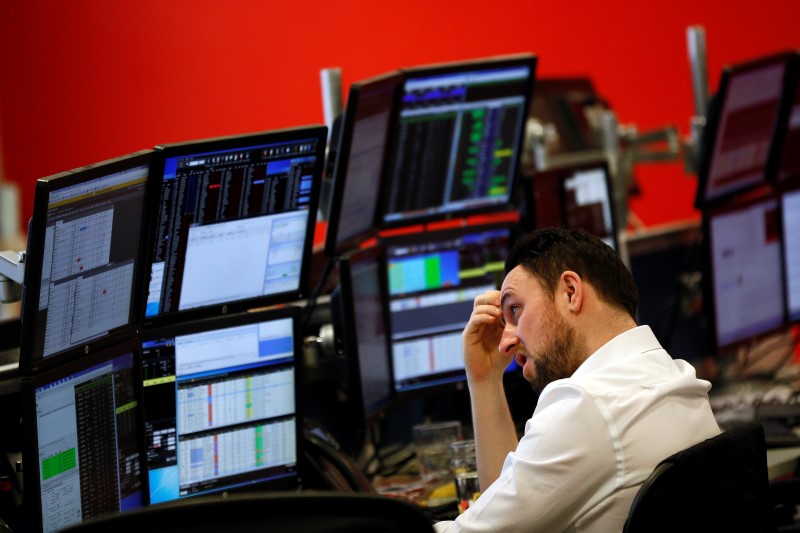How are energy investors positioned?
Barclays (LON:BARC) took note of significant gains in their "ceasefire basket" and cement coverage, attributing the increases to positive market sentiment regarding a potential peace in Ukraine. The bank’s basket of stocks, which includes companies seen as potential beneficiaries of a ceasefire, has risen 14%, while shares in the cement sector have surged between 14% and 29% year-to-date (YTD).
Barclays analysts suggest that this uptrend is a result of market expectations for either a substantial increase in export market volumes into Ukraine, which they view as unlikely, or a significant decrease in European Union energy costs.
Despite these gains, Barclays points out a considerable gap between market sentiment and underlying fundamentals. Cement equities have experienced a re-rating of 0.3 to 1.1 times since the beginning of the year, with thematic basket buying focused on companies expected to benefit from the situation in Ukraine.
The bank acknowledges that recent U.S. corporate results have offered some positive commentary, particularly regarding aggregates pricing and margins. However, Barclays attributes the majority of the equity price movements to growing investor expectations of a ceasefire deal in Ukraine.
Barclays notes that their European cement coverage has virtually no domestic capacity in Ukraine, following market exits by BZU and Heidelberg (ETR:HDDG) Materials. Any potential benefits would likely come from increased export volumes to Ukraine from Eastern and Central Europe or from domestic demand stimulated by easing risk premiums and interest rates.
Additionally, benefits could arise from reduced energy costs if Europe resumes absorbing Russian hydrocarbons.
However, the current state of the energy market does not fully support this optimistic view, with gas prices remaining high, more than double their local low in late February.
This article was generated with the support of AI and reviewed by an editor. For more information see our T&C.
